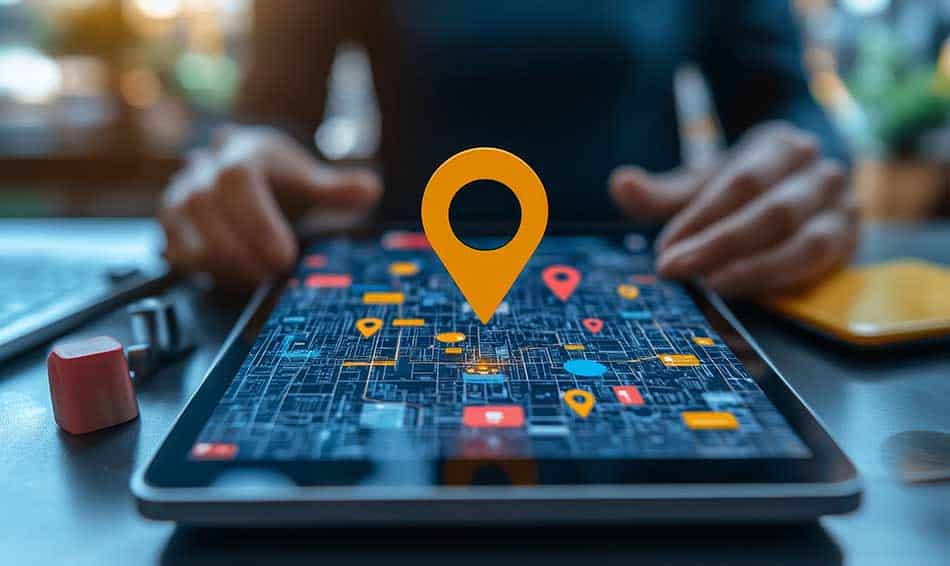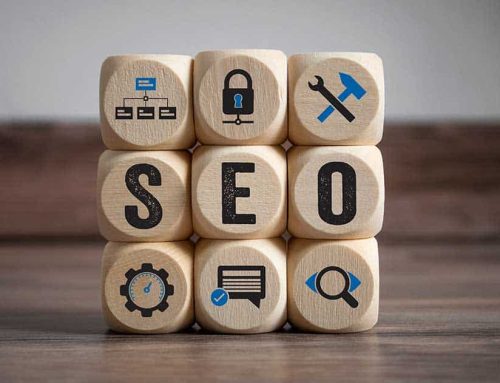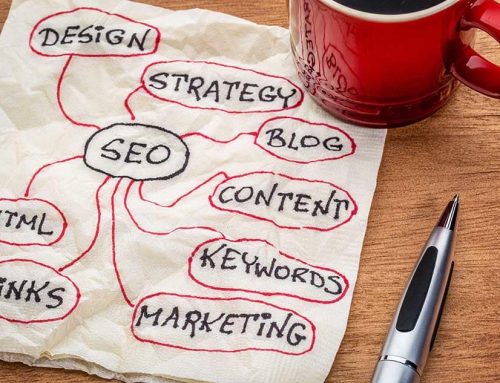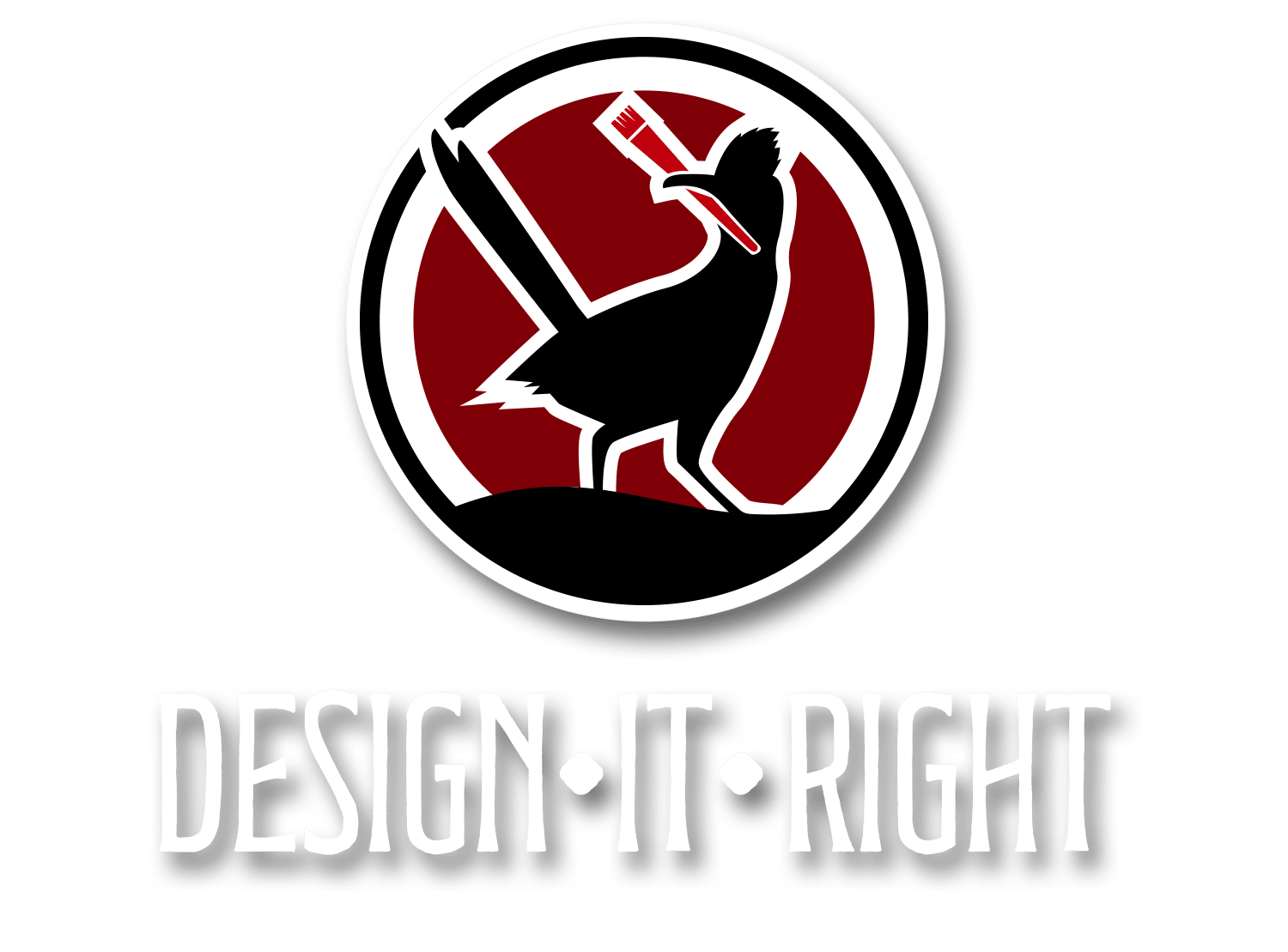Unlocking Local Customers Through Smart Marketing Strategies
Local customers are the heartbeat of any small business. Whether you’re running a boutique, a café, an SEO service company, or a specialty shop, your success depends on being visible and trusted within your community. But in today’s fast-changing market, simply existing in your neighborhood isn’t enough—you need a strategy that puts your business directly in front of the right people at the right time.
Smart Marketing Strategies
Smart marketing strategies are the key. These aren’t just about spending more on ads—they’re about making smarter choices based on data, customer behavior, and local trends. With the right approach, small businesses can outshine national competitors by focusing on what really matters to their audience: relevance, trust, and convenience.
In this blog, we’ll explore what makes a marketing strategy “smart,” the digital tools that help you connect with local customers, offline tactics that still deliver results, and how to combine everything into one cohesive plan. Whether you’re just starting out or ready to refine your current efforts, these strategies will help you build stronger local connections and drive sustainable growth.
What Makes a Marketing Strategy “Smart”?
A smart marketing strategy isn’t just about doing more—it’s about doing what works. Instead of chasing every new platform or pouring money into generic ads, smart strategies focus on results. Successful marketers build them around clear goals, real data, and a deep understanding of local customers.
At its core, a smart strategy is data-driven. That means tracking how people find your business, what they do once they find you, and which marketing efforts actually lead to sales or bookings. It’s not enough to post on social media and hope for the best—you need to know what’s performing and why.
Smart strategies are also customer-focused. Marketers tailor them to reach the people most likely to walk through your door. That might mean highlighting your community involvement, sharing behind-the-scenes content, or offering promotions to loyal customers. The key is building trust, not just visibility.
Finally, smart strategies are budget-conscious. You don’t require a large budget to succeed—you just need to monitor expenses. That could mean investing in SEO instead of print ads or choosing one social platform instead of five.
In short, smart marketing isn’t about working harder—it’s about working smarter. When you align your efforts with your goals, your audience, and your resources, you get more impact with less waste.
Smart Digital Tools to Reach Local Customers
Local customers are searching online first—whether they’re looking for a place to eat, a contractor to hire, or a product to buy. Smart marketing means meeting them exactly where they are. These tools help small businesses boost local visibility without wasting budget.
Google Business Profile Optimization
Your Google Business Profile is one of the most important tools for local discovery. When someone searches for businesses “near me,” your profile is what shows up on Google Maps and in local search results. Make sure it’s complete, accurate, and regularly updated. Include business hours, photos, services, and a keyword-rich description.
Encourage happy customers to leave reviews, and respond to them promptly to show you’re engaged. This not only helps you show up in local searches—it builds trust before a customer even clicks your website.
Geotargeted Advertising
With platforms like Google Ads, Facebook, and Instagram, you can create ads that only show to people in specific zip codes, neighborhoods, or mile-radius zones around your business. This means you don’t waste money advertising to people outside your service area.
Geotargeting works especially well for special promotions, new location launches, or event marketing. By customizing your message for a local audience, you make it more relevant—and more effective
Local SEO Tactics
Search engine optimization (SEO) isn’t just for big brands. Local SEO helps your business appear when someone types a search like “coffee shop in Albuquerque” or “plumber near me.” Smart local SEO starts with keyword research. Use terms that your community actually searches for—not just general industry terms.
Next, create local content—like blog posts about nearby events, how-to guides for your services, or community spotlights. Backlinks from local directories and partnerships also strengthen your SEO. And don’t forget your NAP file (Name, Address, Phone Number). Keep this consistent across your website, listings, and social media so Google knows your location info is trustworthy.
Review & Reputation Management
Online reviews can make or break a small business. Encourage satisfied customers to leave reviews on Google, Facebook, and industry-specific platforms. Set up alerts or use tools that notify you when someone leaves feedback—so you can respond quickly, professionally, and gratefully.
Even a negative review is a chance to show great customer service. Your response matters greatly. A well-managed online reputation not only improves search visibility—it builds credibility and trust in your brand.
Offline Smart Strategies That Still Work
While digital tools dominate modern marketing, smart offline strategies remain a powerful way to connect with local customers—especially when paired with your online efforts. These methods are often more personal and community-driven, which helps build trust and brand recognition right where it matters most.
Hosting or Sponsoring Local Events
Being present at local events—either as a host, sponsor, or vendor—shows that your business is actively involved in the community. Whether it’s a neighborhood fair, school fundraiser, or local networking meetup, these events offer face-to-face exposure that builds stronger customer relationships.
Distribute branded materials like flyers, coupons, or giveaway items to drive traffic back to your business or website. When people see your name supporting something they care about, they’re more likely to remember and support you in return.
Partnering with Nearby Businesses
Local collaboration can go a long way. Team up with neighboring businesses that serve a similar customer base. For example, a coffee shop could partner with a bookstore to run a cross-promotion or shared event.
These partnerships allow you to reach a wider audience without increasing your budget. You’ll also build connections that can lead to future opportunities, co-marketing campaigns, or referrals.
Strategic Use of Print Materials
Don’t mistake the power of printed materials. Business cards, postcards, flyers, and signs still work—especially when placed in high-traffic local spots like community centers, bulletin boards, or partner businesses.
Design your print materials to match your online branding. That way, when someone visits your website or social media after seeing a flyer, the experience feels consistent and professional.
Offline marketing works best when it’s intentional, targeted, and community-focused. These strategies complement your digital efforts and help reinforce your brand identity in the real world.

Common Mistakes to Avoid
Even with the best intentions, small business owners often fall into marketing traps that limit their success. These mistakes may seem small at first but can lead to wasted time, missed opportunities, and reduced return on investment.
Understanding what to avoid can help you make smarter decisions, stay on track, and ultimately see better results.
Doing Too Much Without Focus
Trying to be everywhere—posting daily on five social platforms, running multiple ad campaigns, launching promotions without a clear plan—can stretch your resources and message too thin. When everything is a priority, nothing truly gets the attention it needs. Instead of trying to do it all, start by identifying the top one or two channels that your customers use most.
Maintain your focus and energy there. Smart marketing isn’t about volume; it’s about precision and consistency.
Ignoring Mobile Users
Today, more than half of all website traffic—and nearly all local searches—come from mobile devices. A poorly optimized website for phones and tablets drives potential customers away. Slow-loading pages, hard-to-read text, or confusing navigation can turn people away in seconds.
A smart marketing strategy includes mobile-first design, fast page speeds, and an intuitive layout. Test your landing page experience on multiple devices to make sure it works well for everyone.
Not Tracking What Works
One of the biggest mistakes small businesses make is guessing instead of measuring. Without real data, it’s impossible to know which strategies are working and which are wasting your budget. Google Analytics and other free tools can help you track website traffic, conversion rates, and user behavior.
For paid ads and email campaigns, use built-in dashboards to see open rates, click-throughs, and return on ad spend. Reviewing these reports regularly helps you improve over time and avoid repeating ineffective tactics.
Overlooking Customer Experience
You can have a great ad strategy, but if the experience after the click is poor—slow websites, unclear messaging, no follow-up—you’ll lose trust and conversions. Focus on delivering a smooth journey from first impression to final sale. Smart strategies also prioritize retaining customers, not just gaining them. Email marketing, loyalty programs, and prompt customer service all contribute to long-term success.
Avoiding these mistakes doesn’t require a massive budget—just a strategic approach. When you stay focused, track results, and prioritize the customer experience, your marketing becomes more efficient and impactful over time.
Combining Online and Offline for Greater Impact
The most successful local marketing strategies don’t rely on just one channel—they blend online and offline efforts into a seamless experience. When your brand is consistent across every touchpoint, it builds recognition, trust, and stronger connections with your target audience.
Start by aligning your visuals and messaging. Your website, social media profiles, printed flyers, business cards, and storefront signage should all reflect the same logo, colors, tone, and brand personality. This makes it easier for customers to recognize and remember you, no matter where they find you.
Smart businesses also use digital tools to amplify real-world events. For example, if you’re sponsoring a local fundraiser, post about it on social media, tag other participants, and share photos afterward. Likewise, if you run a promotion in-store, advertise it online to drive more traffic. This dual approach helps you reach customers both where they spend their time—and where they make their purchases.
A real-world example: A local coffee shop partnered with a nearby bookstore to host a weekend pop-up event. They promoted it with targeted Instagram ads, shared teaser videos, and placed flyers in both locations. The event brought in new customers for both businesses—and the consistent branding made the partnership feel seamless.
The takeaway? When online and offline efforts support one another, your marketing becomes more powerful and your local presence grows faster.
Ready to Reach More Local Customers?
Smart, effective marketing is about more than visibility—it’s about creating meaningful connections that lead to long-term growth. By using a combination of digital marketing tools and proven local strategies, small businesses can build trust, increase conversion rates, and retain customers over time.
The most successful marketing efforts often start with simple steps: optimizing a landing page, reviewing Google Analytics, or gathering real customer experiences to showcase in future campaigns. These actions help shape smarter decisions and improve performance.
If you’re unsure where to begin, consider reviewing a few case studies from businesses similar to yours. What worked for them? What mistakes can you avoid? Effective marketers base smart strategies on real-world insights—not guesswork.
At Design It Right, we help small businesses craft marketing plans that drive measurable results. From building your first landing page to improving your Google Analytics setup, we guide you every step of the way. Our team focuses on effective, affordable marketing that strengthens your brand and retains customers for the long haul.
📞 Ready for a smarter local strategy? Contact Design It Right today for a custom marketing plan that connects you to the customers in your own backyard.




